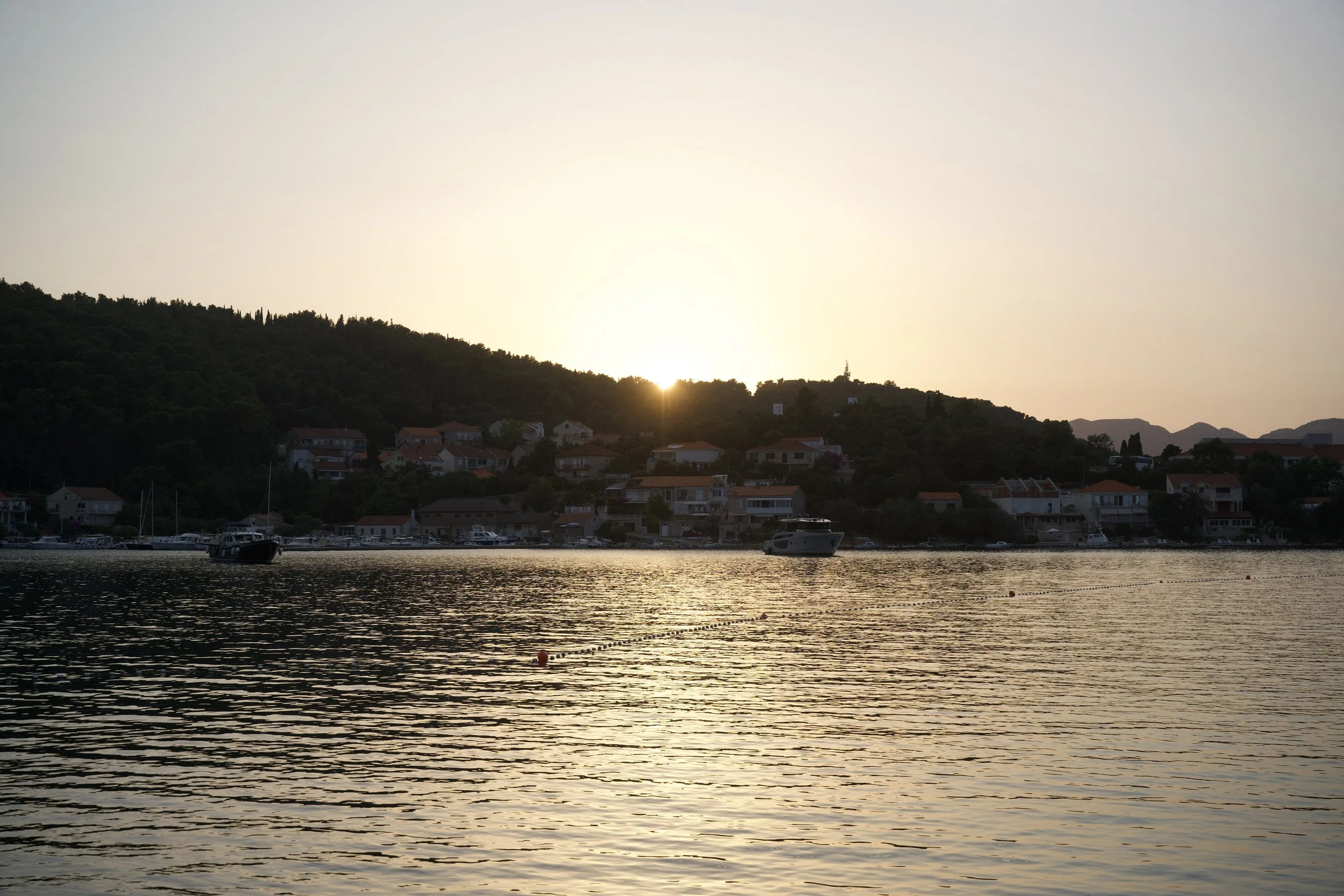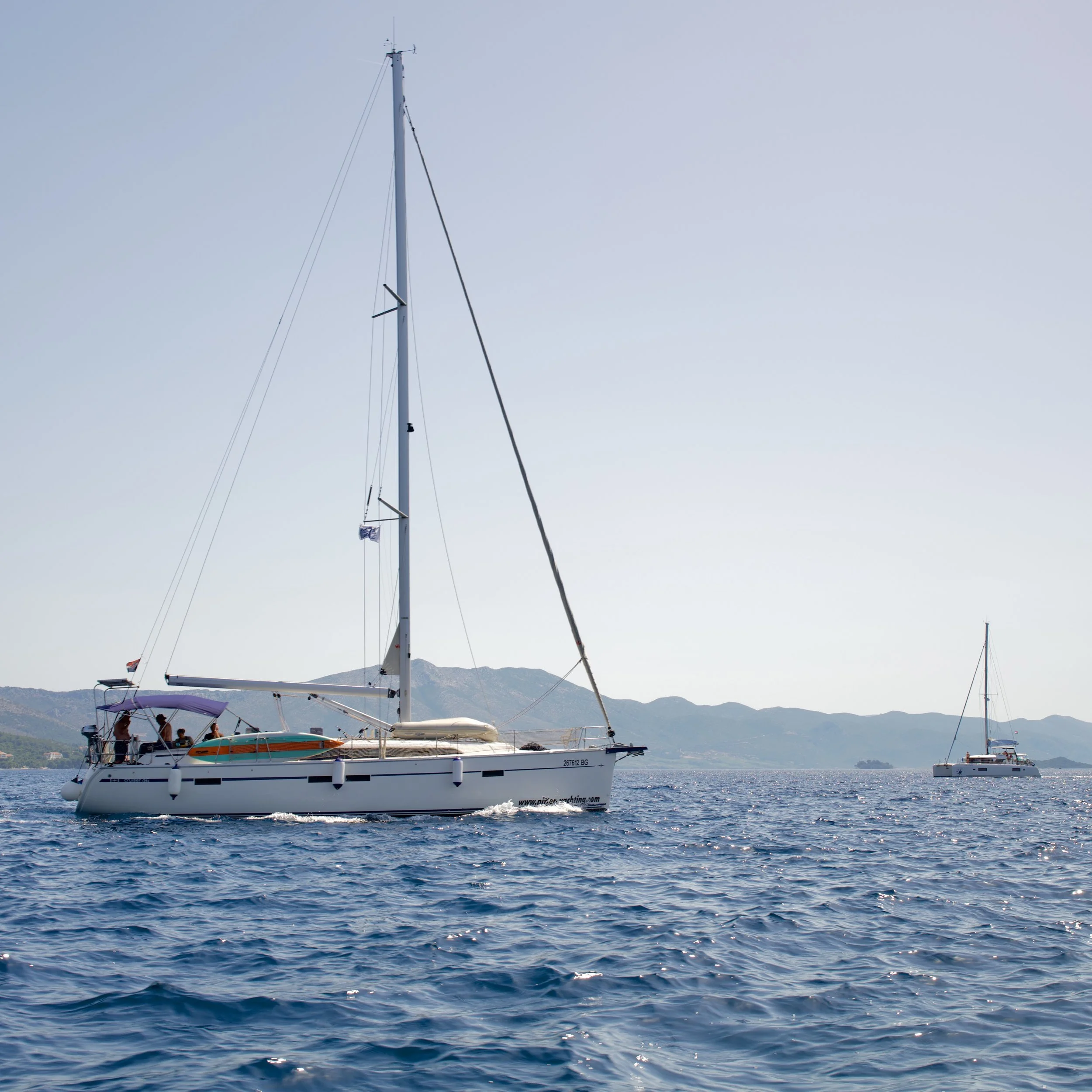Episode 79
Dobro jutro, students!
Thanks for joining us for another episode.
Today we’ll be learning some words for traditional jobs.
There are plenty of podcasters in the world, so how about we give some time to the bakers, chefs and police officers out there!
Lesson - Jobs
baker - pekar
chef - kuhar
captain - kapetan
police officer - policajac
fireman - vatrogasac
butcher - mesar
fisherman - ribar
sales representative - prodajni predstavnik
Super Slatko Report
In today’s edition of the SSR, DJ Moe digs down into the science of Croatia’s lush and green landscape.
How does Croatia’s geology play a part in its ability to sustain such beauty?
Stick around and find out!
This SSR Topic surrounded this question.
If the rocks that make up Croatia, (its topography )
Are connected to its water to support the vegetation,
What kind of rocks, (its geology) allow for all the greenery?
We already know about lakes and streams all that, A great deal of plant life source their water this way, but what about all the water that needs to be found, where does that end up?
Turns out we know the answer to this already, way back in E61 when i covered the Izvor Rijeke Cetine, aka; the blue eye, where I spoke about a certain type of topography known as Karst . Here’s how I described it back then.
Karst is the type of topography that means its formed when rocks like Limestone, dolomite, or gypsum are broken down or dissolved by water. Meaning Drainage
This is still correct, but let’s understand it better and why it works so well.
Croatia and much of the Balkan Peninsula lie on a bedrock of Limestone,
Here’s a great excerpt from an article from 2014 titled:
Travels in Geology: Croatia: Land of limestone
by Terri Cook
“An important characteristic of limestone is that it is easily dissolved along fractures and bedding planes by the natural acidity of rain and groundwater, which gradually enlarges cavities. This, in turn, allows more water to pass through, eventually producing underground drainage systems that include caves, sinkholes, disappearing streams and springs that seem to appear out of nowhere.”
Plitvice Lakes and their 16 deep pools and water falls are a classic feature of Karst topography. Also a key feature is the lack of surface water, as any moisture that falls to the ground doesn’t last as it makes its way through the limestone and gets collected somewhere along the way.
The purer the limestone, the more fissures it will have and grow, constantly changing the direction and flow of the water that eats away at the limestone plumbing. The water can also be collected into caves, sink holes, or directed away via underground rivers that takes the water where it needs to go.
Then to think about the plant life that has adapted over time to rely on however little it receives, then thrives all across the countryside, providing for all the wildlife too? Wow!
Nature never ceases to amaze me.
And that’s it for my super Slatko Report






